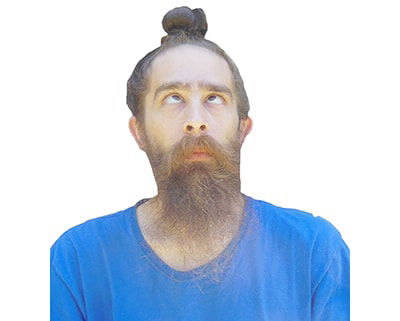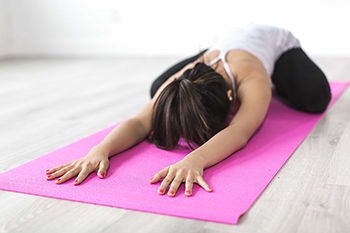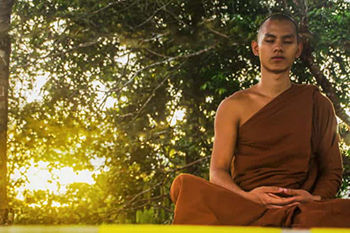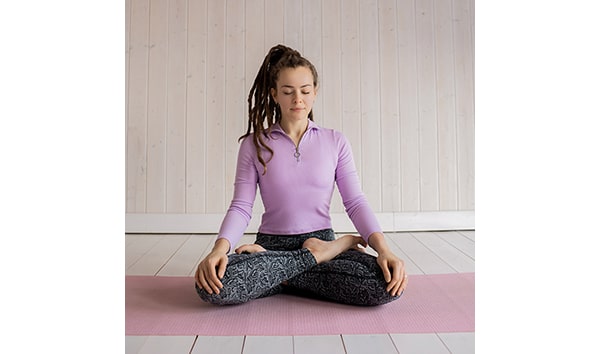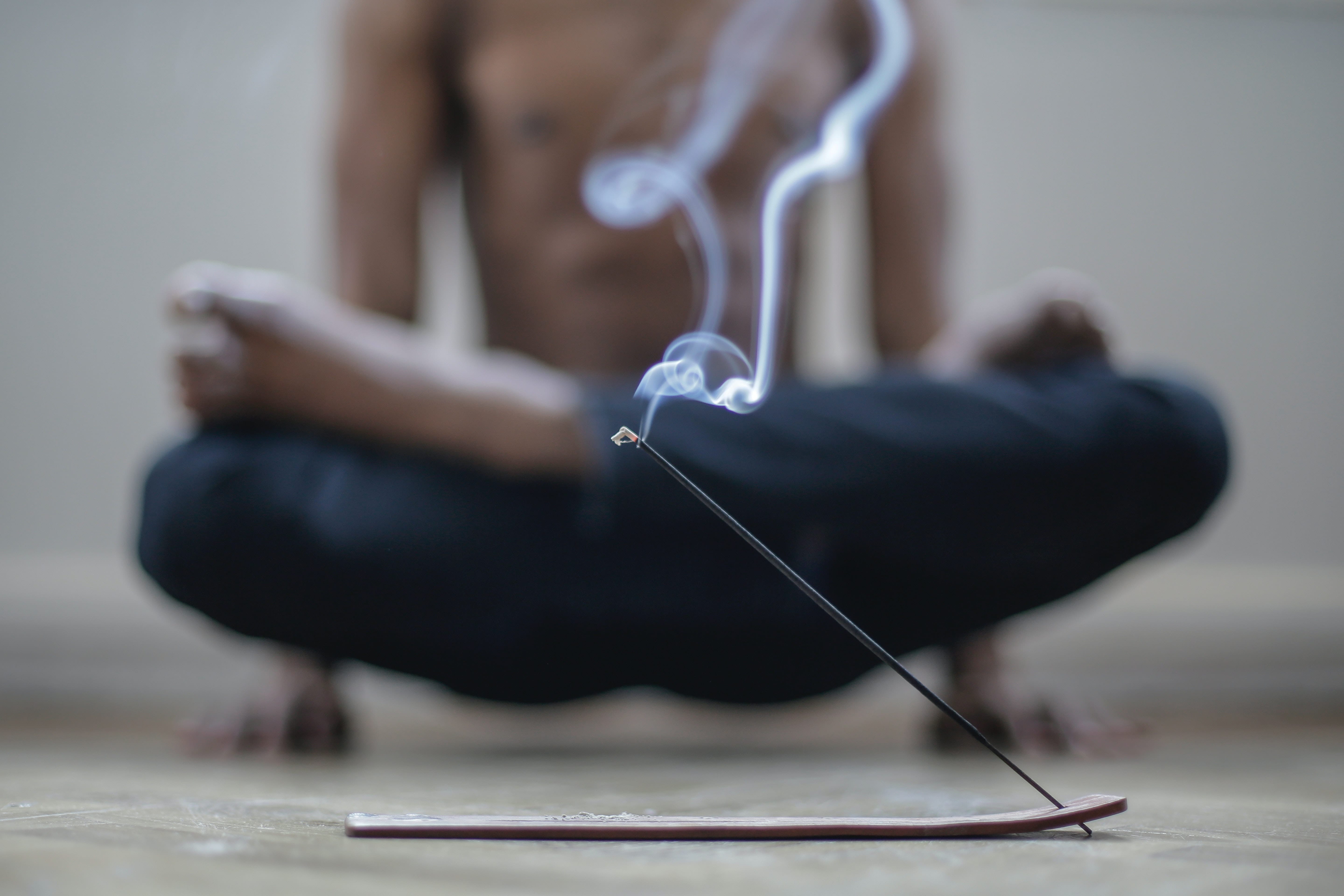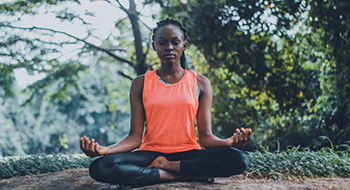In Sanskrit, Shambhavi means "happiness" and Mudra means "gesture." This practice is a Mana Mudra meaning "head gesture" practice and is described in the Hatha Yoga Pradipika, Gheranda Samhita as well as the Shiva Samhita.
During this practice the eyes can be open or closed. This practice is a path to attaining higher awareness and inducing higher Consciousness within the practitioner.
This practice is considered as a Trataka practice because of the blinkless gazing required by the practice and is also a Meditation practice.
